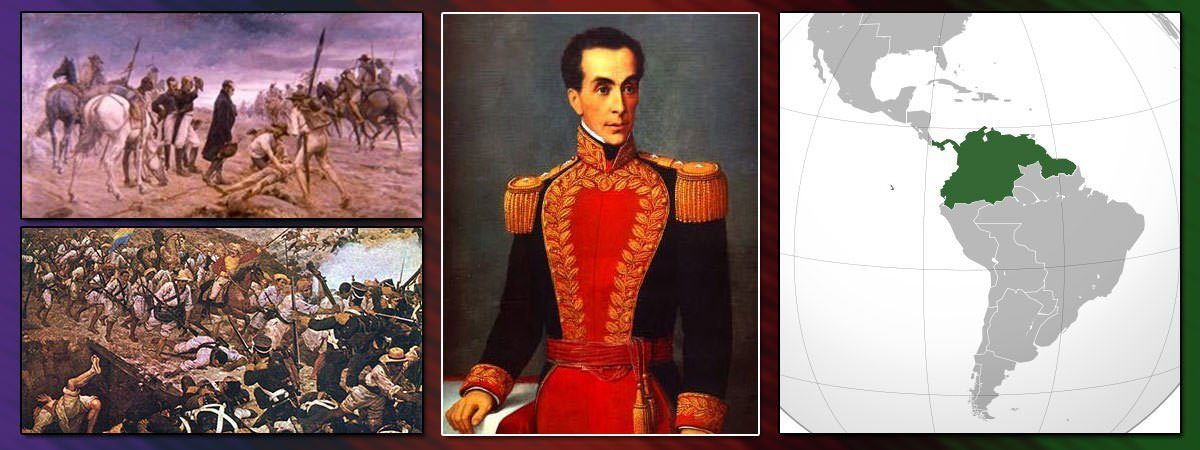Simon Bolivar (1783 – 1830) is renowned for being one of the most prominent political and military leaders in the history of South America. Born in Venezuela, Bolivar played an instrumental role in the independence of the present-day countries of Venezuela, Bolivia, Colombia, Ecuador, Peru and Panama. He helped in the establishment of the Third Republic of Venezuela and then led one of the most daring attacks in military history to secure the liberation of New Granada, a pivotal moment in the South American wars of independence. Bolivar held several important positions in his political career including that of the President of Gran Colombia from 1819 to 1830. Here are the 10 major accomplishments and achievements of Simon Bolivar, who is famous as El Libertador (The Liberator).
#1 HE ACTED AS COLONEL DURING EARLY VENEZUELAN INDEPENDENCE WAR
In April 1810, Spanish colonial administrators were deposed and the Supreme Junta was established in Venezuela marking the advent of the Venezuelan War of Independence. Simon Bolivar was sent by the Supreme Junta to Britain to get recognition and aid. Though his efforts didn’t have much success, he did convince the famous military leader Francisco de Miranda to return to Venezuela to take part in the movement. On July 5, 1811, the First Republic of Venezuela was established and independence was formally declared. Spanish Captain, Domingo de Monteverde, then led a successful military campaign against the republican forces leading to the end of the First Republic on July 25, 1812, and restoration of Spanish authority. Bolivar acted as a colonel under Miranda during the conflict.
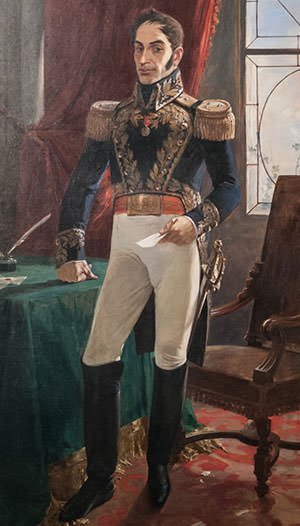
#2 HE LED THE SUCCESSFUL MAGDALENA CAMPAIGN
After failure of the First Republic of Venezuela, Bolivar made his way to Cartagena which had established its independence and had joined with four other provinces to form the United Provinces of New Granada (present-day Colombia). He enlisted as an officer in the army of the New Granadan Union. In late 1812, the royalists, or those in favor of Spanish rule, blocked traffic on the Magdalena River, on which Cartagena depended to receive supplies. Simon Bolivar successfully led the revolutionary forces in the Magdalena Campaign against the royalists and the Spanish forces. As a result the United Provinces were able to take control of Magdalena River, which connects the port city of Cartagena with the interior of Colombia.
#3 He ESTABLISHED THE SECOND REPUBLIC OF VENEZUELA
Bolivar’s success in the Magdalena Campaign convinced the United Provinces to grant him aid and permission for a campaign to free Venezuela from Spanish control. Simon Bolivar began his campaign, known as the Admirable Campaign, in February 1813. He defeated the royalist army and Spanish forces under Monteverde in a series of battles to conquer the provinces of Mérida, Barinas and Trujillo. The capital Caracas was taken on 6 August 1813, the Second Republic of Venezuela was established and Simon Bolivar was hailed as El Libertador (“The Liberator”). However, the Second Republic came to an end the following year after suffering defeats at the hands of pro-Spanish forces led by José Tomás Boves.

#4 HE WROTE THE FAMOUS DOCUMENT CARTA DE JAMAICA
After Venezuela came under control, Spanish General of Venezuela, Pablo Morillo began his campaign to subdue neighboring New Granada. Revolutionary stronghold, the United Provinces of New Granada, was re-conquered by Spain in 1816. Simon Bolivar fled to Jamaica where he wrote the greatest document of his career, Carta de Jamaica (Letter from Jamaica). In it he analyzed the fall of the Second Republic of Venezuela, put forward points supporting Spanish America’s decision for independence and called for the co-operation of Europe in liberating Latin American people. Bolivar’s Jamaican letter is considered one of the great founding documents of Latin American history.
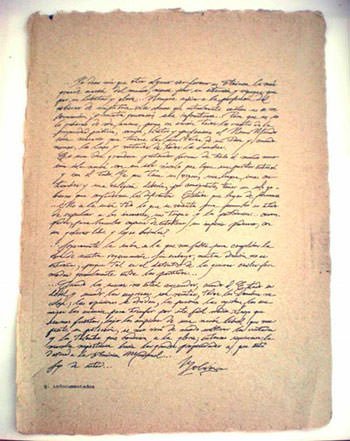
#5 HE WAS ELECTED SUPREME COMMANDER OF THE REPUBLIC OF VENEZUELA
Latin American revolutionaries received little aid from either U.S. or Europe; but were given money, volunteers and weapons from Haitian president Alexandre Pétion. Bolivar provided reinforcements to the army of Manuel Piar thus helping him defeat the royalist forces to capture Angostura (modern-day Ciudad Bolívar) in August 1817. The Third Republic of Venezuela was declared, Bolivar convened a new Venezuelan congress, and elections were held in areas under republican control. The Congress elected Bolívar Supreme Commander of the Republic in 1819 and ratified his command of its armies.
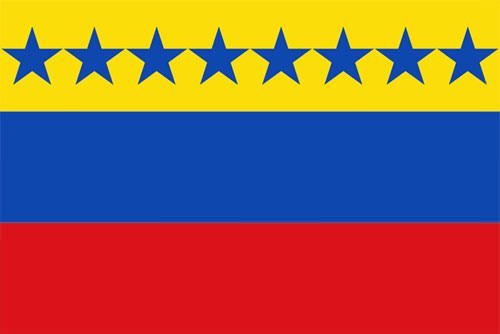
#6 He LED ONE OF THE MOST DARING ATTACKS IN MILITARY HISTORY
In 1819, Simon Bolivar conceived a daring plan to retake New Granada from Spain. He planned to move during the rainy season when Llanos flooded up to a meter to surprise the Spanish forces under Pablo Morillo. Though he received little support for the risky campaign, Bolivar set off with around 2,500 men, 1,300 infantry and 800 cavalry, in June 1819. His unit went through flood-swept regions marching in water up to their waists and then ascended the icy mountain pass of an altitude of 3,960 meters. Many men became ill or died due to the hardships. The Spanish, who considered the route impassable, were completed surprised when Bolivar’s army emerged from the mountains on July 5. Bolívar’s campaign to liberate New Granada is considered one of the most daring in military history.

#7 HIS SUCCESSFUL NEW GRANADA CAMPAIGN WAS A PIVOTAL MOMENT IN SOUTH AMERICAN HISTORY
Despite exhaustion from the arduous journey, Bolivar’s small army secured victory in a series of battles against the startled royalist forces. They won the Battle of Vargas Swamp on July 25 to stop a royalist force attempting to reach the poorly defended capital, Bogota. They then defeated the royalist forces in the decisive Battle of Boyacá on August 7 after which the bulk of the royalist army surrendered to Bolívar. On receiving new of the defeat, the royalist government fled the capital in such a hurry that it left behind the treasury. Bolívar’s army entered Bogotá on August 10. The liberation of New Granada is considered a pivotal moment which provided economic and human resources to help the revolutionaries secure the eventual independence of northern South America.
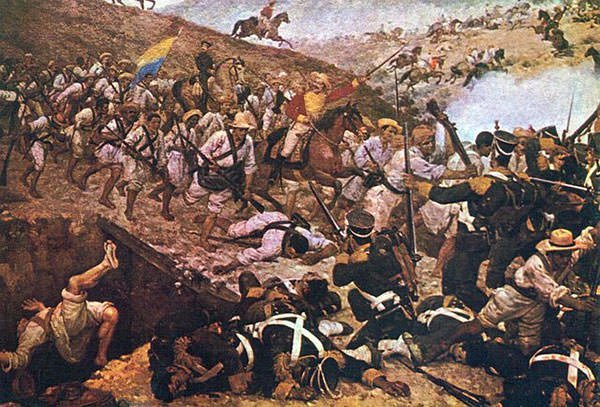
#8 He PLAYED A LEADING ROLE IN SEVERAL SOUTH AMERICAN STATES GAINING INDEPENDENCE
In late 1819, a new independent nation now known as Gran Colombia (officially Republic of Colombia) was declared by the revolutionaries comprising of Venezuela and New Granada. On 24 June 1821, Colombian forces under Simon Bolivar defeated the royalist forces led by Spanish Field Marshal Miguel de la Torre in the decisive Battle of Carabobo leading to the independence of all of Venezuela except Puerto Cabello. In 1822, Venezuelan forces under Antonio José de Sucre conquered Quito; in 1824, Bolivar, assisted by Sucre, decisively defeated the royalist forces to secure the independence of Peru; and in 1825, Upper Peru (modern-day Bolivia) was liberated.

#9 He SERVED AS PRESIDENT OF GRAN COLOMBIA FROM 1819 TO 1830
Simon Bolivar held extraordinary powers while he carried out the war against the Spanish Monarchy. He was President of the Third Republic of Venezuela (1817 – 1819), 1st President of Bolivia (1825) and 8th President of Peru (1824 – 1827). By mid-1820s, Gran Colombia included the territories of present-day Colombia, Venezuela, Ecuador, Panama, northern Peru, western Guyana and northwest Brazil. Uprisings in its various regions led to the ultimate collapse of Gran Colombia in 1830 and Bolivar died in December of the same year. Simon Bolivar was the President of Gran Colombia from 1819 to 1830.
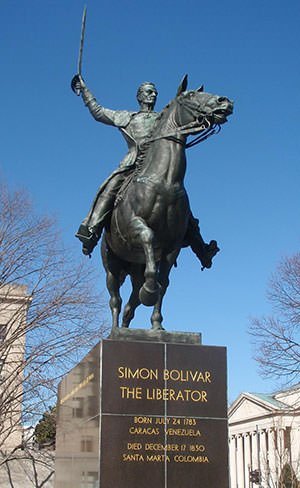
#10 BOLIVIA IS NAMED AFTER HIM
Simon Bolivar was the most prominent leader during the process of independence in northern South America. He has been honored not only in the region but across the world with numerous places named after him and statues in his memory built in many countries. The nation of Bolivia is named after Simon Bolivar making him one of the few men to have a country named after them. Venezuela, officially Bolivarian Republic of Venezuela, also features his name. The currencies of Bolivia and Venezuela, the Bolivian boliviano and the Venezuelan bolivar, are also named after him.

